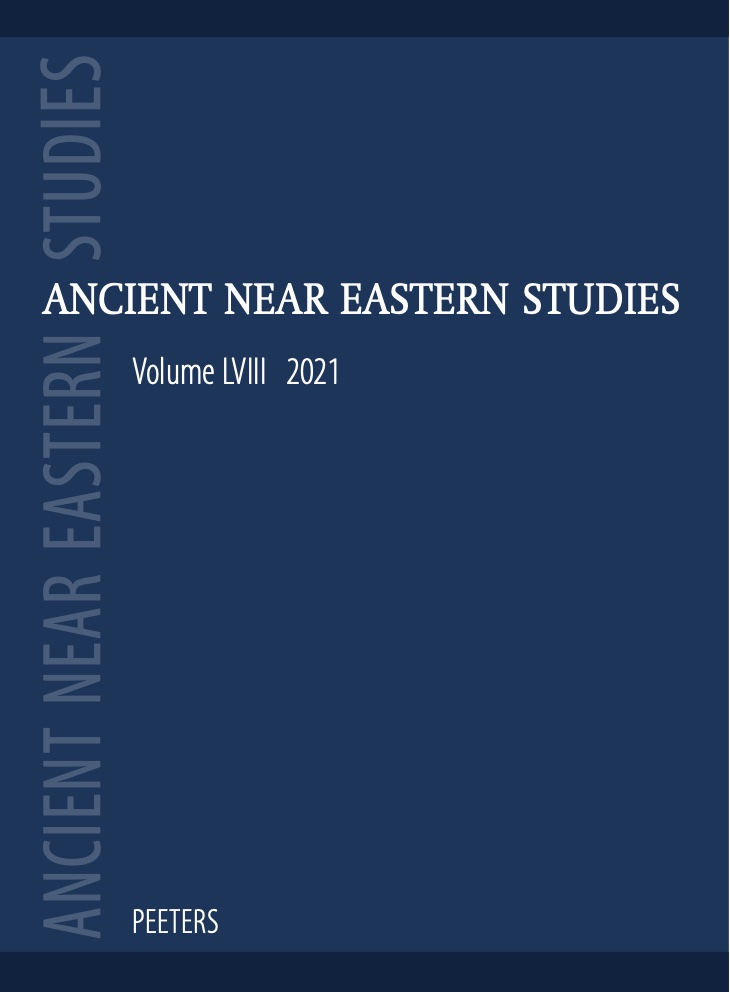 previous article in this issue previous article in this issue | next article in this issue  |

Preview first page |
Document Details : Title: Procurement, Least-Cost Path Analysis and Technological Studies on Obsidian Assemblages from the Neolithic to the Early Bronze Age at Mentesh Tepe (Middle Kura Valley, Azerbaijan) Author(s): ASTRUC, Laurence , GUILBEAU, Denis , GRATUZE, Bernard , CHATAIGNER, Christine , BARGE, Olivier , LYONNET, Bertille , GULIYEV, Farhad Journal: Ancient Near Eastern Studies Volume: 58 Date: 2021 Pages: 227-286 DOI: 10.2143/ANES.58.0.3290207 Abstract : Mentesh Tepe, in the Middle Kura Valley, Azerbaijan, hosts a regionally unique series of Neolithic, Chalcolithic and Early Bronze Age cultural deposits. The site was occupied during three main periods. The earliest, Mentesh Tepe I, goes back to the Neolithic period (c. 5880-5536 cal. BC). Two separate phases, Mentesh II (4800-4500 cal. BC) and III (4300-4050 cal. BC), belonging to the Chalcolithic period, were identified. Finally, during the Early Bronze Age, Mentesh IV was also divided into two different horizons, one related to the Kura-Araxes I phase (3500-2900 cal. BC) and the other to the Martkopi phase of the Early Kurgan Culture (around the mid-third millennium BC). In all periods, obsidian was the most commonly used lithic material. In the present paper, we use provenance and the least-cost path analyses to examine the obsidian supply and technological analysis to define the production methods of artefacts. A large number of distinct sources were identified, as well as evidence for drastic change in the raw material procurement during the Chalcolithic period. By contrast, the production practices and the specific skills required for knapping obsidian blades using the pressure technique testify to continuity between the Neolithic and Chalcolithic periods. This technology disappeared in the Early Bronze Age, marked by flake productions with less technical input. |
|


